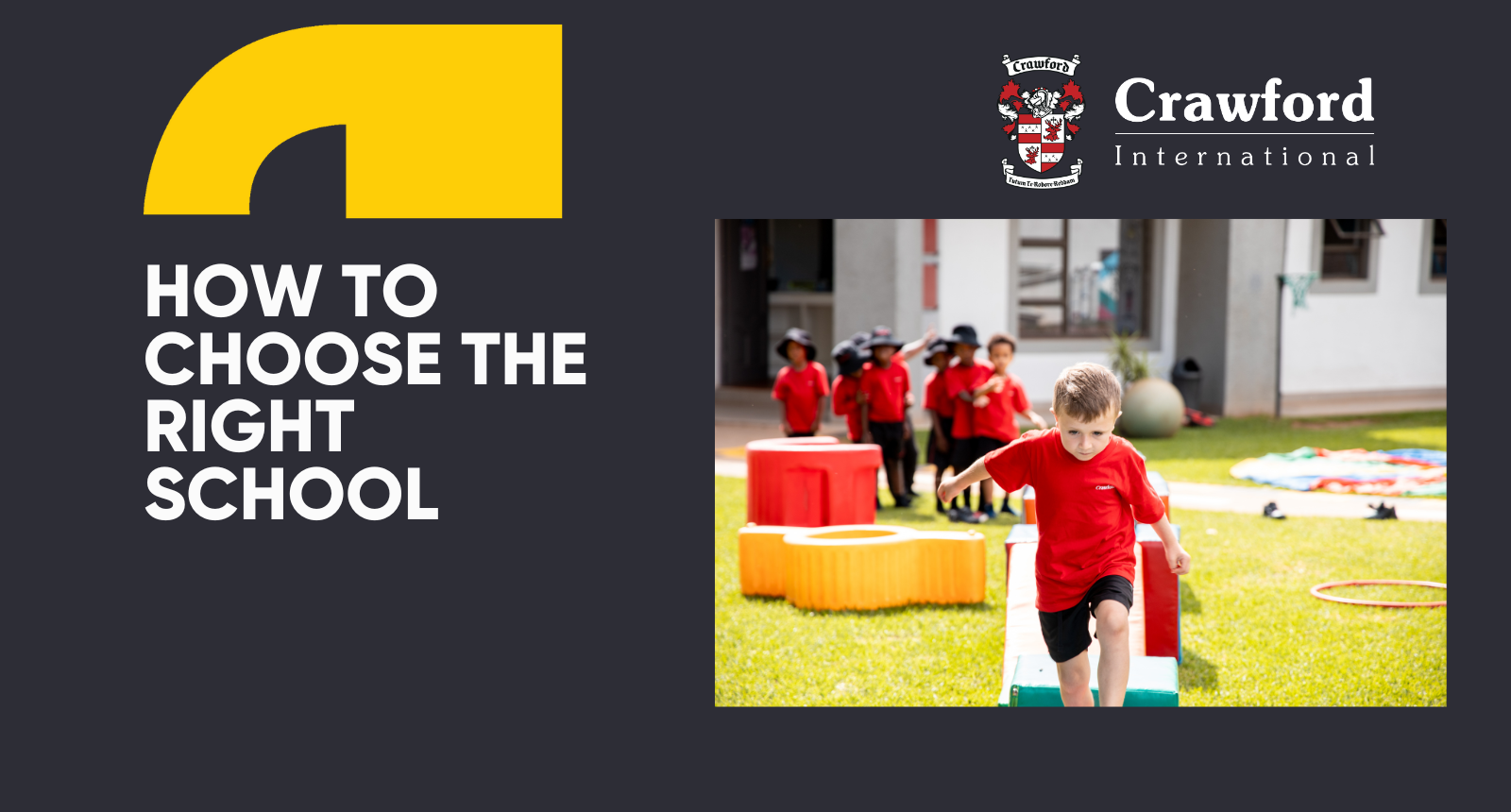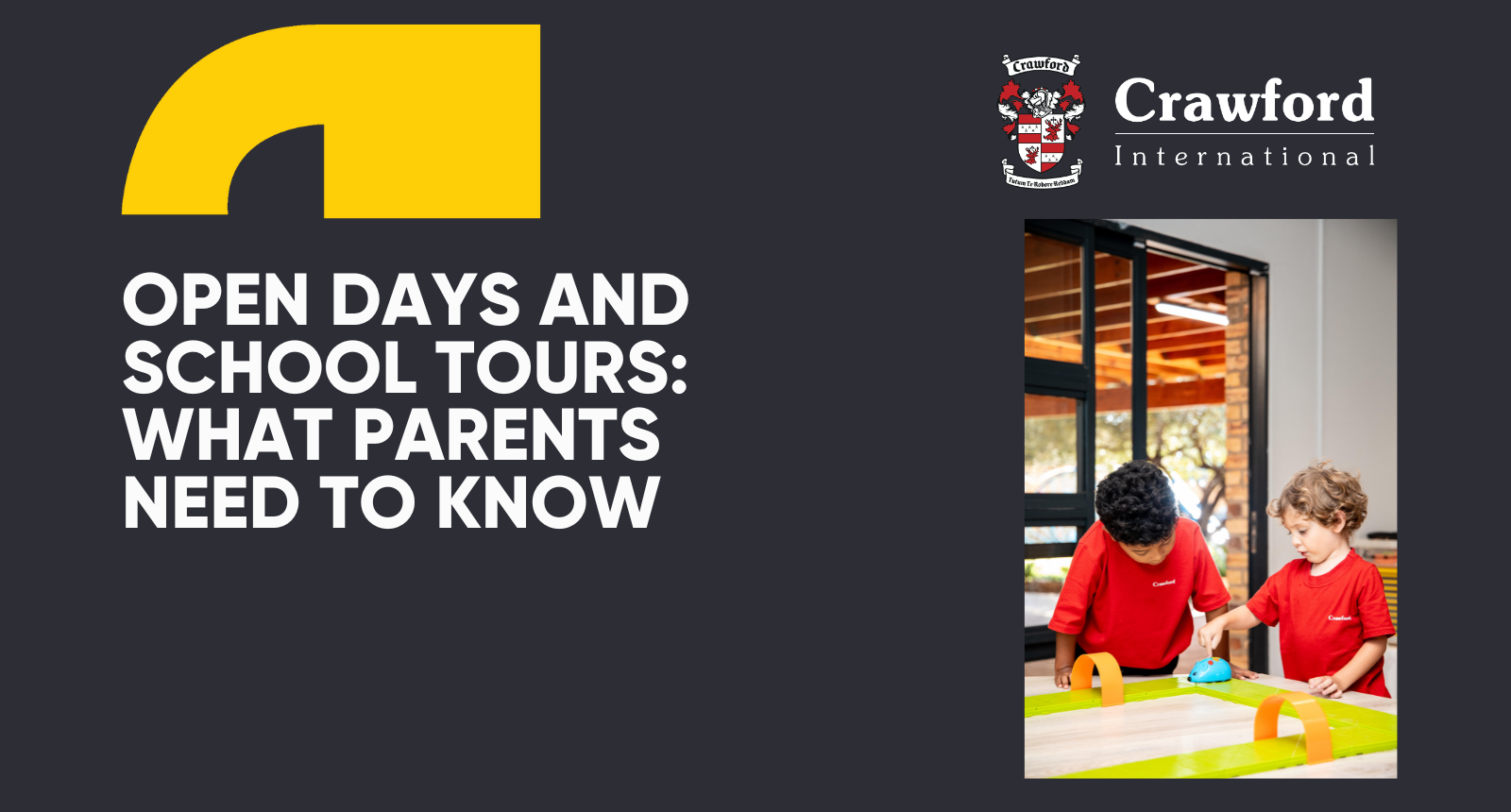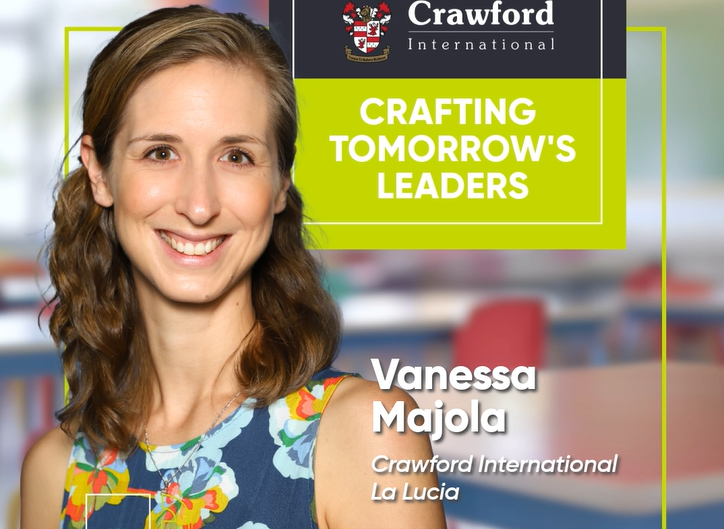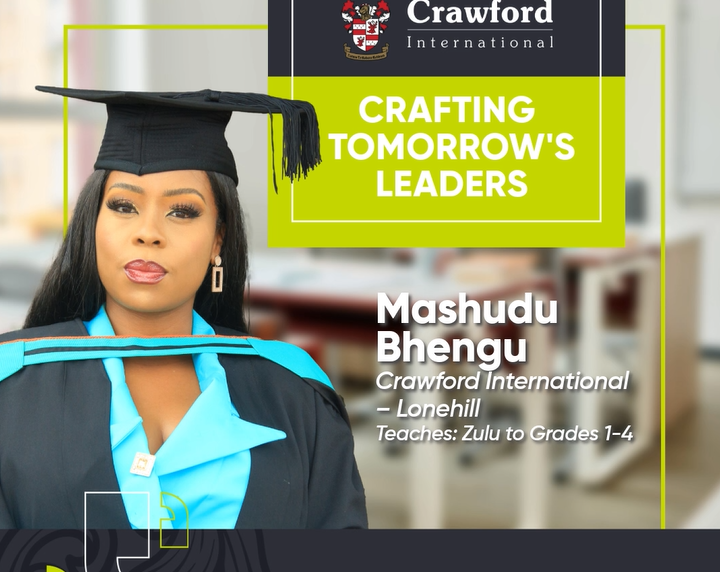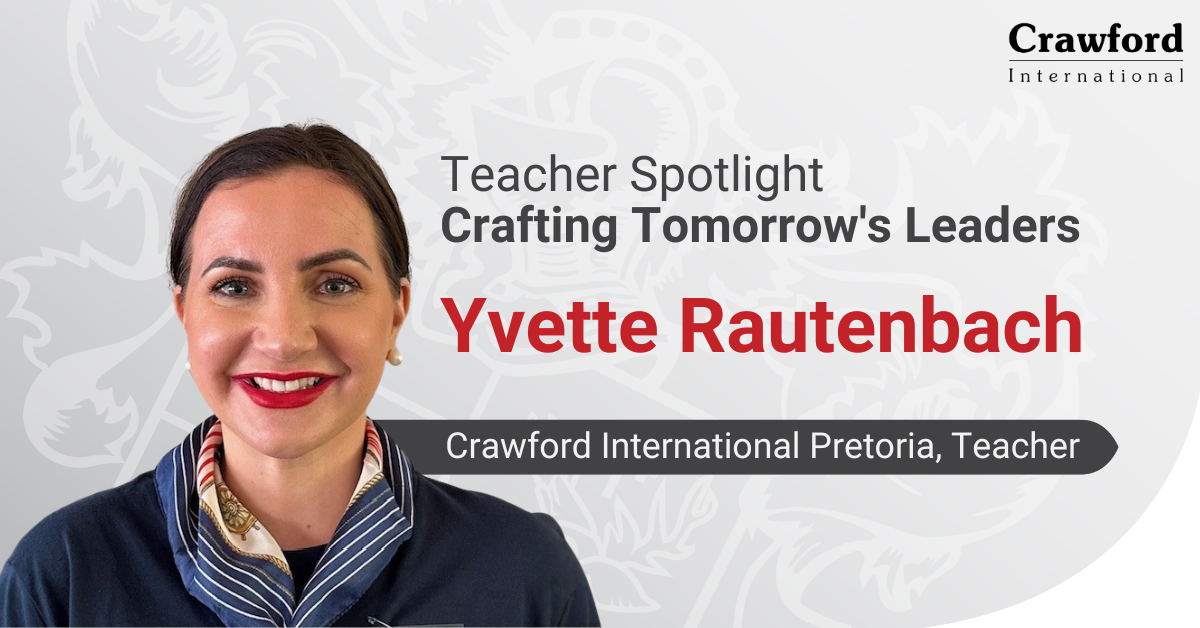Mindfulness: 10 Ways to Teach it to Your Child and Why
Monique Clark • March 11, 2022
In a world of increasing stress, anxiety, and pressure, teaching your child how to be present in the moment has many benefits.
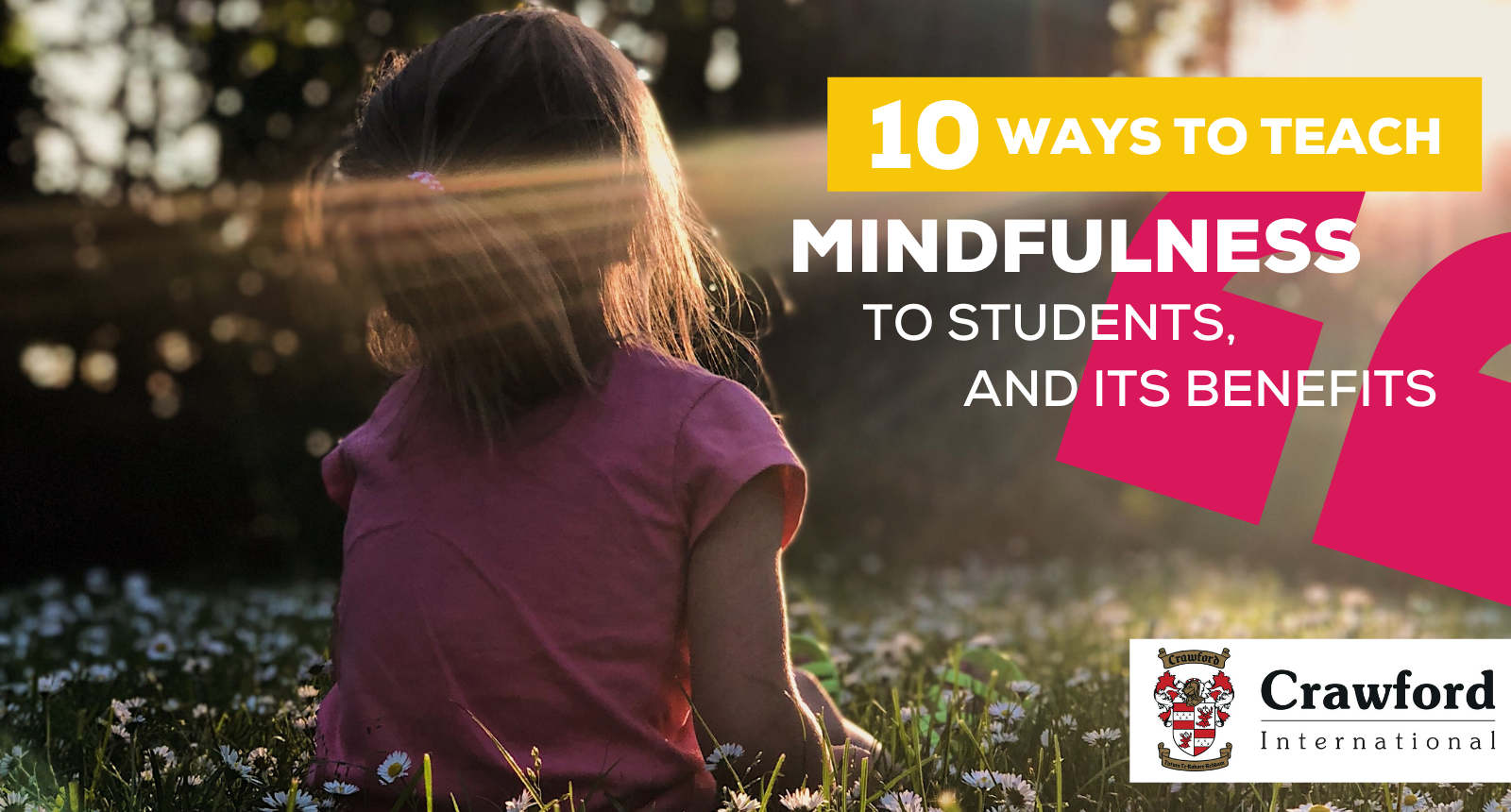
At its very essence, mindfulness is about being fully aware of what is happening in the moment, without being distracted by what’s going on around you and the emotions and stresses that go with that. It is the opposite of multi-tasking and a way of approaching meditation to carve out a quiet place away from stress and anxiety.
Mindfulness benefits
Not only is this a skill we adults can benefit from in today’s fast-paced world, but research shows mindfulness can help children focus better and be less distractible, manage stress and regulate emotions, enjoy better relationships, even feel compassion and empathy. Given that what happens in these phases of their lives lays the foundation of your child’s future resilience, learning how to pause in any kind of situation and, instead of just reacting, respond in a thoughtful, productive way is important.
Plus, this is something you can practice with your child – whether they’re a toddler or a teen – so you get to reap great mindfulness benefits too. Here are some fun activities to give your mindfulness muscles a workout – remember, the more you do it, the easier it becomes. Teaching mindfulness can be challenging but these tips and techniques are sure to help you along this very rewarding and fulfilling journey.
Learn how Crawford International encourages mindfulness through education here.
Mindful breathing A key element of mindfulness is breathing: paying attention to it and breathing using the belly. Most of us breathe shallowly using the chest. Tell your child to place a hand on their tummy and a hand on their chest.
As they breathe in, they must fill the tummy (not the chest) up like a balloon and count to one. They count to two when they breathe out and let the belly balloon deflate. You can employ this technique whenever their mind wanders.
A three-breath hug is another way to encourage an awareness of breathing and to instantly calm down. Hug your child and get them to take three deep synchronised breaths together with you. Relax any muscles that feel tight and drop your shoulders, tell your child to breathe out anything worrisome thoughts on their mind, and just enjoy the feeling of the hug.
Walk on thin ice Tell your child to pretend they’re walking on thin ice, that they have to move slowly and carefully around a room. This awareness of their body is a mindfulness technique. Direct their movements by saying something like, “Pick your left leg up slowly, move it forward and gently put it back down on the ice.”
Incorporate mindfulness into everyday activities like walks or time spent on the playground. Remind your child to savour the present moment, and be grateful for the comings and goings happening around them on a continual basis.
Mindfulness by association - Recognise a sound that your child hears multiple times a day such as the school bell and teach them that every time they hear this sound it should serve as a grounding, calming reminder, bringing them back to the present moment.
Smell the roses Scent is a powerful tool to keep your child in the here and now. Give them something aromatic to smell, like a flower, an orange peel, or aromatherapy play-dough.
Let them close their eyes and only focus on the smell. Then ask them simple questions to encourage mindfulness, like, “What do you think of the smell? What does it remind you of?”
Gratitude practice is a powerful tool in the happiness toolbox, leading to more positive thought patterns and even improved health. A good way to incorporate this is to have your child list 5 things they are grateful for at bedtime, making it an easy routine to stick to, and you can partake too by listing 5 things you're grateful for at the same time.
Squish and a squeeze Have your child lie down on their back and get comfortable. Ask them to squish and squeeze every muscle in their body, starting with the toes. So they squeeze their toes tightly then let go, then they tighten their leg muscles and let go, etc. This teaches them to be aware of their bodies and to let go of the stress we hold in our bodies.
Let them learn and hone mindfulness at their own pace by creating some "free-time" for your child to explore and investigate the concept naturally.
Teach by example by practising mindfulness yourself, and understanding the concept and its benefits is sure to make teaching it to your child a whole lot easier.
The ultimate goal here is to help your child find a still, quiet place within themselves. Whichever activity or meditation technique works best, mindfulness aims to give you and your child distance from emotions and stresses, where they can be observed without immediately reacting to them, where you can choose the behaviour you go forward with.
Learn more about emotional intelligence in children here.
